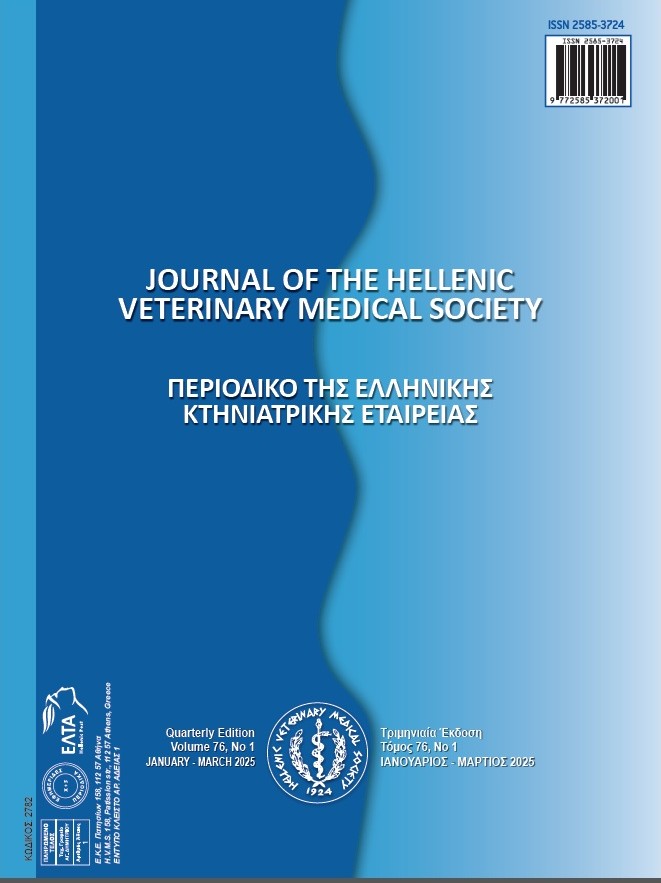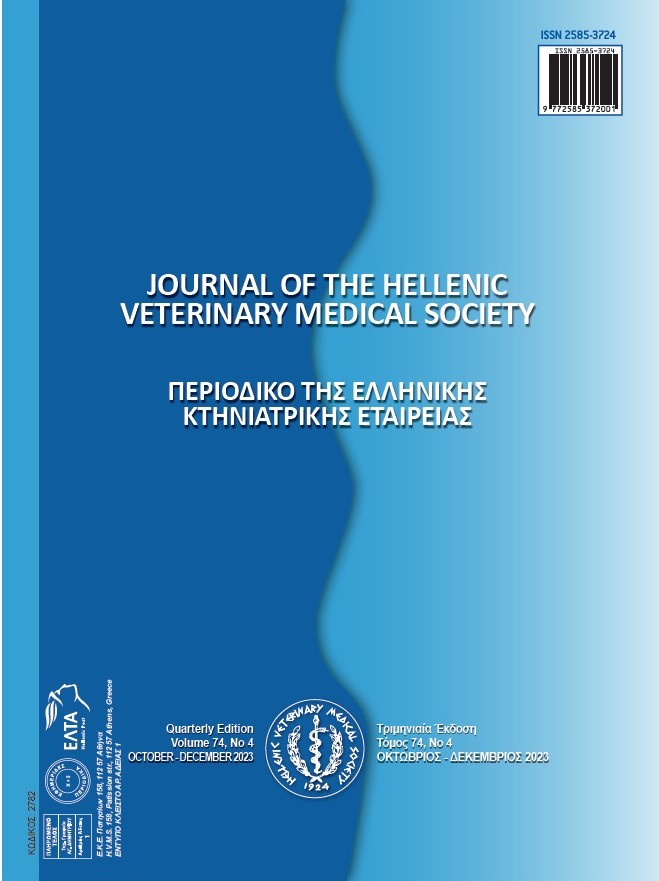Fasciolicidal efficacy comparison between Amaro (Chuquiraga weberbaueri) and triclabendazole in calves experimentally infected with Fasciola hepatica metacercaria

Abstract
The Cajamarca Valley is an endemic area for Fasciola hepatica in cattle. Despite demonstrated resistance to triclabendazole, the use of this anthelmintic remains prevalent. Therefore, constant efficacy evaluations of this active ingredient are necessary, along with the exploration of alternatives for parasite control. This study aimed to determine the effectiveness of Amaro (Chuquiraga weberbaueri) and triclabendazole in controlling F. hepatica in artificially infected calves. Three groups (T0, T1, and T2) of four weaned Holstein calves each were formed and infected with 200 metacercariae. The control group (T0) received no antiparasitic treatment, group T1 was dosed with lyophilized aqueous extract of C. weberbaueri (200 mg/kg, orally, for four consecutive days), and group T2 received a single dose of triclabendazole (12 mg/kg, orally). Clinical efficacy was assessed using the Egg Count Reduction Test, and absolute efficacy was determined through necropsy. The average clinical efficacy and absolute efficacy of C. weberbaueri were 46.70% (95% CI: 33.27 – 60.13) and 58.63% (95% CI: 45.24 – 72.02), respectively. In contrast, triclabendazole demonstrated a clinical efficacy of 25.00% (95% CI: 12.62 – 37.38) and an absolute efficacy of 66.22% (95% CI: 66.22 – 79.08). Both treatments proved insufficiently active against Fasciola hepatica in calves, falling short of the category of effective fasciolicides. Nevertheless, using C. weberbaueri could be considered an environmentally friendly option to reduce the parasite burden in cattle.
Article Details
- How to Cite
-
Chávez, V., Vargas Rocha, L., Rojas-Moncada, J., & Torrel, T. (2025). Fasciolicidal efficacy comparison between Amaro (Chuquiraga weberbaueri) and triclabendazole in calves experimentally infected with Fasciola hepatica metacercaria. Journal of the Hellenic Veterinary Medical Society, 76(1), 8697–8704. https://doi.org/10.12681/jhvms.37150
- Issue
- Vol. 76 No. 1 (2025)
- Section
- Research Articles

This work is licensed under a Creative Commons Attribution-NonCommercial 4.0 International License.
Authors who publish with this journal agree to the following terms:
· Authors retain copyright and grant the journal right of first publication with the work simultaneously licensed under a Creative Commons Attribution Non-Commercial License that allows others to share the work with an acknowledgement of the work's authorship and initial publication in this journal.
· Authors are able to enter into separate, additional contractual arrangements for the non-exclusive distribution of the journal's published version of the work (e.g. post it to an institutional repository or publish it in a book), with an acknowledgement of its initial publication in this journal.
· Authors are permitted and encouraged to post their work online (preferably in institutional repositories or on their website) prior to and during the submission process, as it can lead to productive exchanges, as well as earlier and greater citation of published work.



